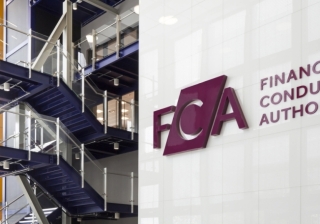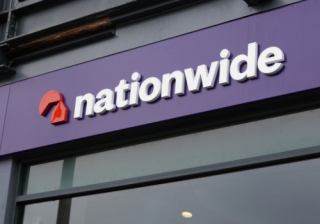New build and the government's biggest supply challenges
Matthew Cumber, managing director of Countrywide Surveying Services, explores what measures the government could introduce to help solve the UK's housing supply gap.

"So, what is the answer. Could be it be in the abolishment of stamp duty for downsizers? More purpose built accommodation in more desirable locations?"
It’s never an easy task to look too far forward during a time when the market is moving so quickly and advisers are constantly having to adjust to a raft of product changes, ever-shifting expectations and some very challenging client conversations.
The pace of change stems from an economic environment which is almost impossible to predict at times, apart from the rising interest rate trend over the past year or so. Inflation continues to be the primary concern for a government facing a raft of ongoing issues and, at our most recent webinar session, it was interesting to hear the responses of a host of property professionals on what they perceived to be the biggest challenges facing any new government.
In response to this question, interest rates being over 5% topped the list, coming in a whopping 71%. This was followed by a housing shortage (to buy or rent) at 39%, enabling FTBs to buy (26%), building the amount and type of properties required (25%), making it attractive again to be a private landlord (19%) and enabling empty nesters and the retired to downsize (10%).
Looking beyond the rising interest rate issue, there are some thought-provoking points to focus on, especially when it comes to the supply of new housing at each end of the borrowing chain.
The Home Builders Federation (HBF) latest report on housing pipelines covering Q1 2023, showed that permissions for housing projects currently stand at 3,037 projects - 20% down on the previous year and 11% lower than Q4 2022.
The report also revealed that the number of units approved during Q1 2023 dropped 24% against Q1 2022 and was 17% down on Q4 2022. England saw its lowest Q1 figure for the number of new homes approved since 2014, with the most significant drop in permissions recorded for affordable housing-led schemes and small sites - 41% down for the former against Q1 2022 and the latter experiencing its lowest number of approvals since the dataset commenced.
HBF estimates that more than 145,000 new build homes are being stalled by Natural England’s “disproportionate” interventions and that, if unaddressed, the government’s anti-development approach to planning and nutrient neutrality could halve housing supply to around 120,000 homes a year.
These represent some alarming figures and will undoubtedly generate an even brighter spotlight on the UK housing supply gap, although it’s evident that there are no quick fixes to this long-running problem.
Enabling empty nesters and the retired to downsize is also an interesting and emotive topic for debate. Providing the motivation for older generations to move from their family homes or to downsize represents a tough task for many. So, what is the answer. Could be it be in the abolishment of stamp duty for downsizers? More purpose built accommodation in more desirable locations? A combination of both? Something completely different?
I don’t really have answers but it sems that a lack of suitable, affordable accommodation remains a key component within solving this particular puzzle.
From a new build perspective, many housebuilders face issues with ongoing material costs and a labour shortage. Lenders' hands are being tied due to lingering swap rate turbulence, which is impacting pricing and competition, especially at the higher LTV levels where it’s really needed for new build purchases. As I alluded to earlier, there are no quick fixes. However, in order to better service the needs of the younger and older generation, it’s vital that all stakeholder in the housing chain adopt a more coherent and collaborative approach to ensure that realistic and workable solutions emerge sooner, rather than later.
Breaking news
Direct to your inbox:
More
stories
you'll love:
This week's biggest stories:
FCA
Firms required to report complaints involving vulnerable customers under simplified FCA rules

Santander
Santander joins mortgage price war with new rates from 3.51%

FCA
FCA sets out timeline for mortgage rule changes

State Pension
Budget: Government signals income tax write off for state pensions exceeding personal allowance

This week's biggest stories:
FCA
Firms required to report complaints involving vulnerable customers under simplified FCA rules

Santander
Santander joins mortgage price war with new rates from 3.51%

FCA
FCA sets out timeline for mortgage rule changes

State Pension
Budget: Government signals income tax write off for state pensions exceeding personal allowance

FCA
FCA announces new measures to support growth of mutuals sector

Nationwide
FCA fines Nationwide £44m for inadequate financial crime controls
